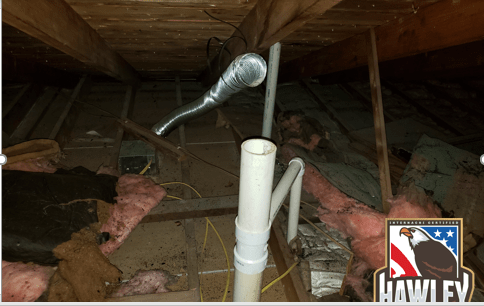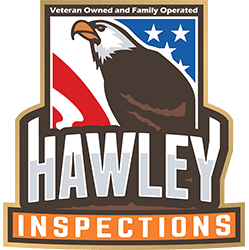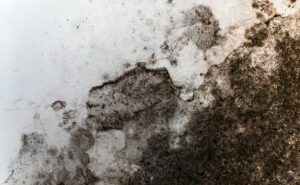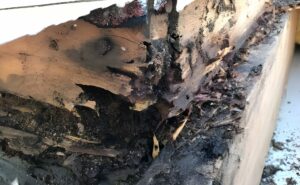
Plumbing problems found at inspections – October 27, 2014
Plumbing problems called out in a home inspection are usually minor. However, occasionally we find issues that must be repaired. These are typically do-it-yourself projects gone wrong.
A handyman or a proficient do-it-your-selfer can quickly address many plumbing repair problems. A licensed plumber should only address other issues, such as replacing a sewer main.
Some of the more common plumbing problems we find are;
- leaking faucets
- garbage disposals that leak
- garbage disposals that are not working
- leaks in pipes under the sink or vanity
- low water pressure
- slow-flowing drains
- outside faucets that leak under pressure
- clogged drains and traps
- hot and cold water lines installed backward
- tub/shower controls installed backward
As we move through the inspection process, we will note the following plumbing problems;
- any improper repairs to water pipes or drain pipes
- inoperative sump pumps
- missing or inappropriate extensions of the pressure relief valve on the water heater
- missing expansion tanks on the water heater (not enforced in all areas)
- check for leaks in the water or drain lines
- slow-moving drains
- any other usual and customary deficiencies
Here are a few of the most common plumbing problems we find:
Duct tape was a wonderful invention but does not belong in a plumber’s toolbox very often.
This is neither proper use of duct tape or acceptable plumbing

practice.
A close second to duct tape abuse is black vinyl electrical tape to “cure” leaking drain pipes.
The proper fix is usually not much harder than the imaginary fix often used by do-it-yourself plumbers. Some leaks require no more than tightening a loose fixture nut or other simple no-tool fixes.
Occasionally we find an outside faucet that has frozen and burst.
Remember, if you leave your garden hose connected, the water may not drain properly. A good cold snap can spell disaster when you turn your faucet on in the spring. Even a “freeze-proof” hose bib will freeze if a hose is left connected and the water can not drain properly.
Properly installed plumbing is no match for the well-intended Saturday afternoon plumber. Plumbers in our area have to be licensed and complete a four-year apprenticeship. Some projects are best left to the experts with the proper training and tools.
Seemingly harmless openings in the sewer drain may allow harmful sewer gases to enter the home. All vents and drains should be properly sealed.
Many times we will find plumbing vents that are blocked or do not

exit the home. Occasionally we will find one or more vents that
terminate in the attic. All vents should vent to the outside and clear the roof by a minimum of twelve inches. Short vents can be extended to meet the minimum height. Although proper, this is not considered to be a significant deficiency.
For more information on our warranties
Warranty
Check us out at the Better Business Bureau




